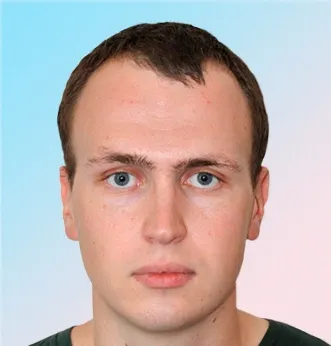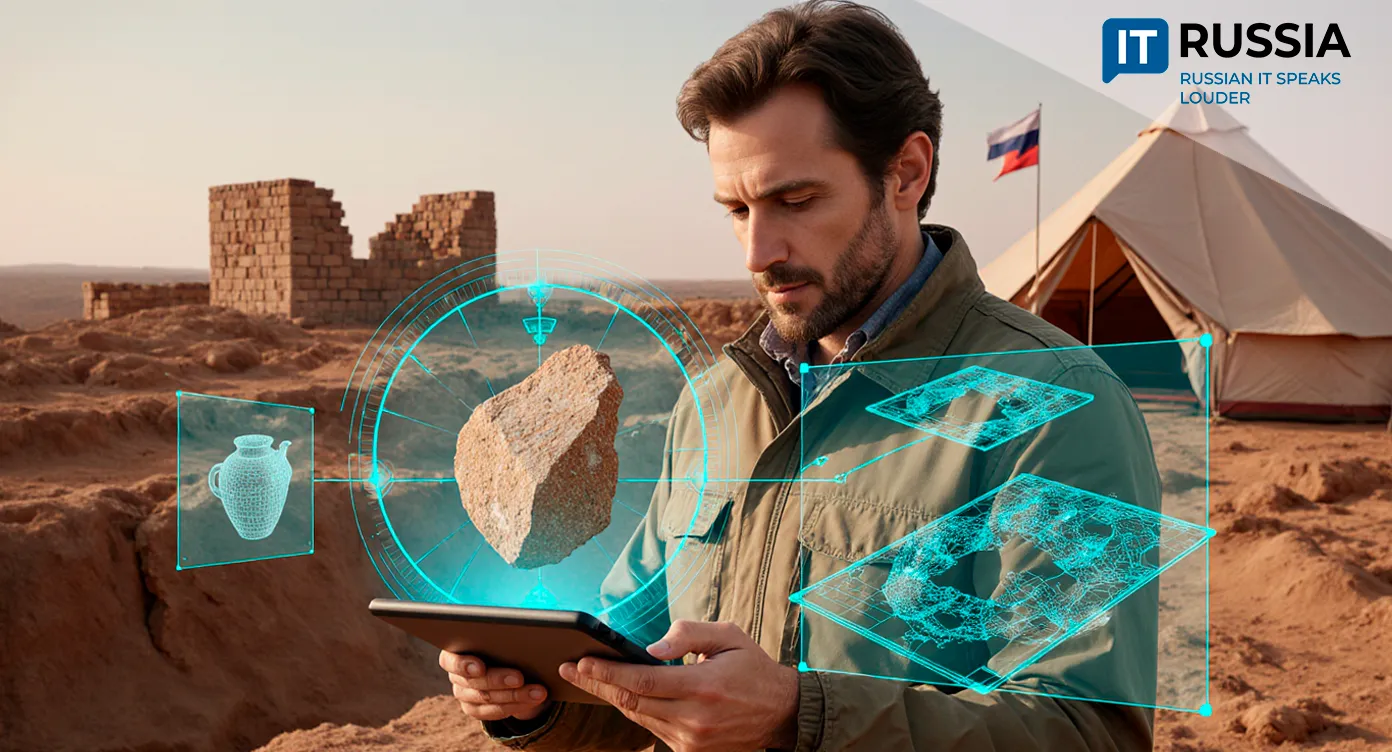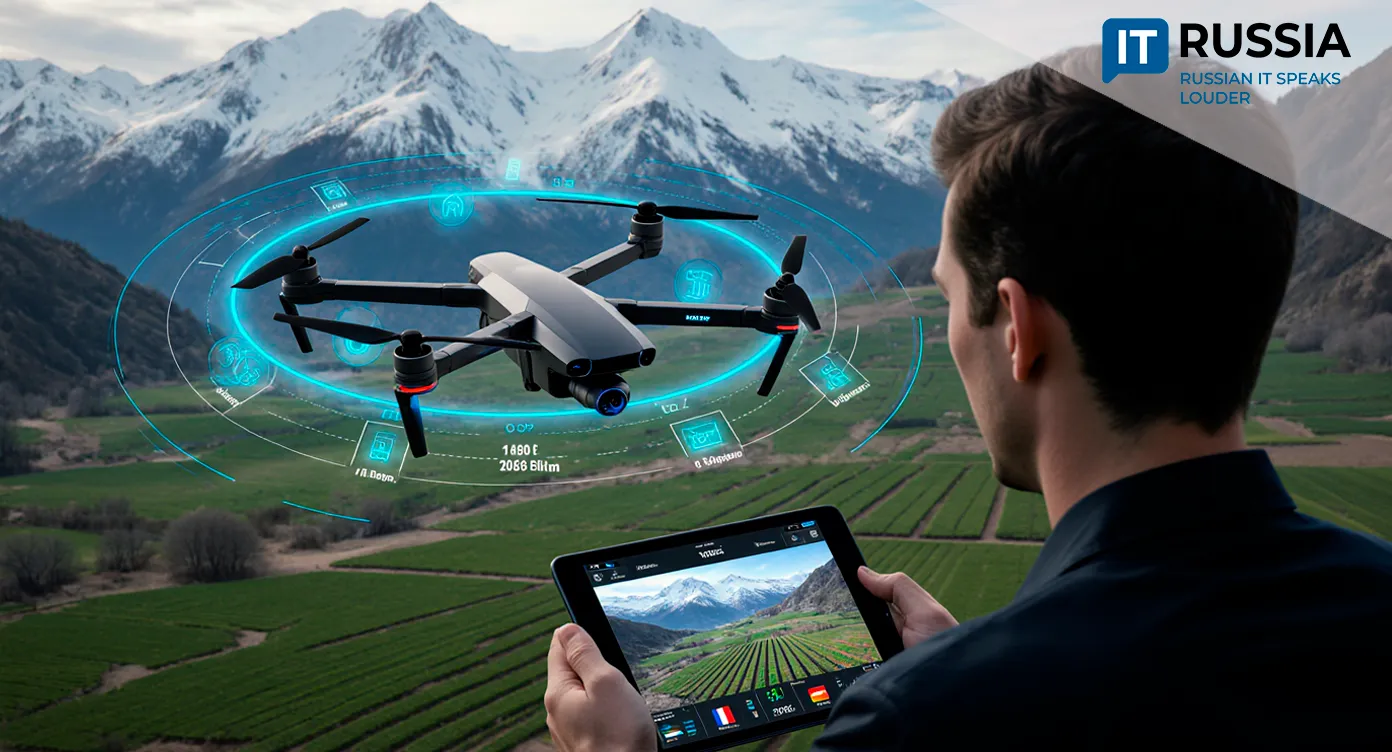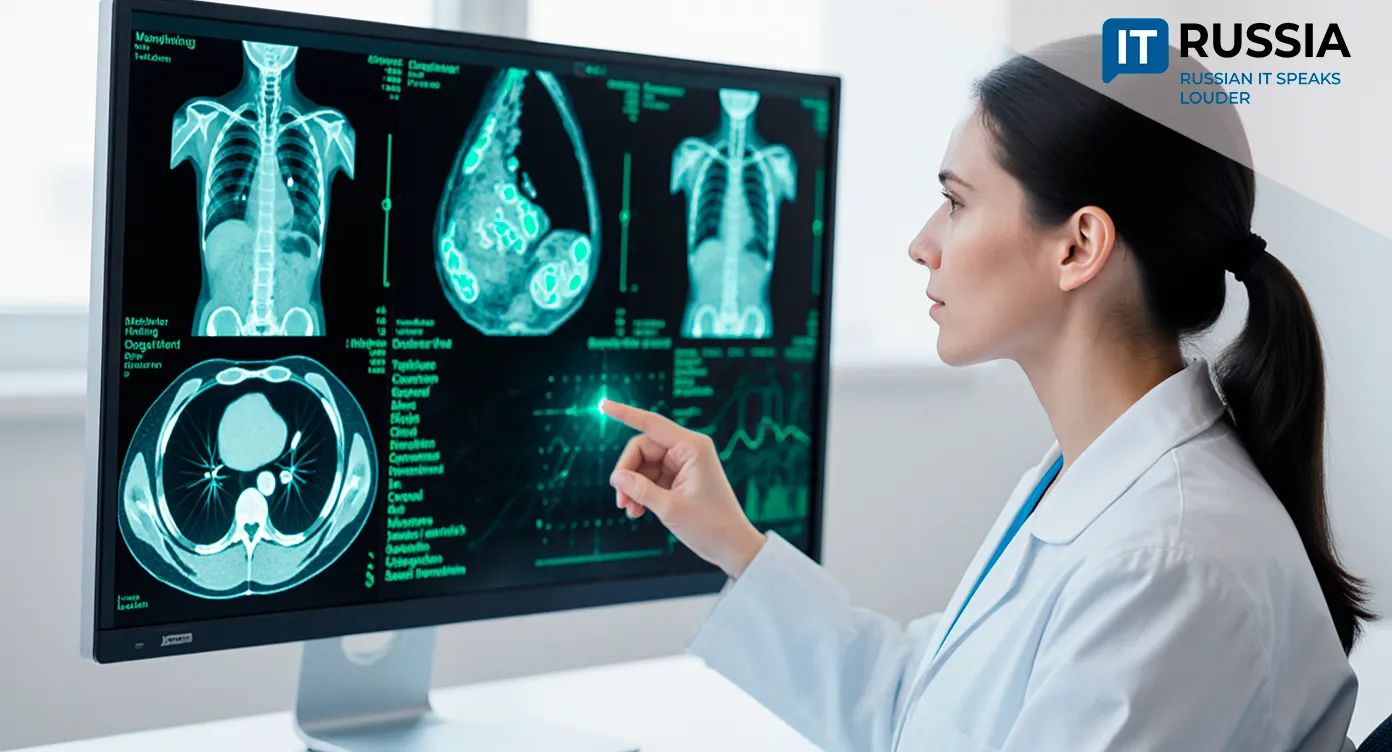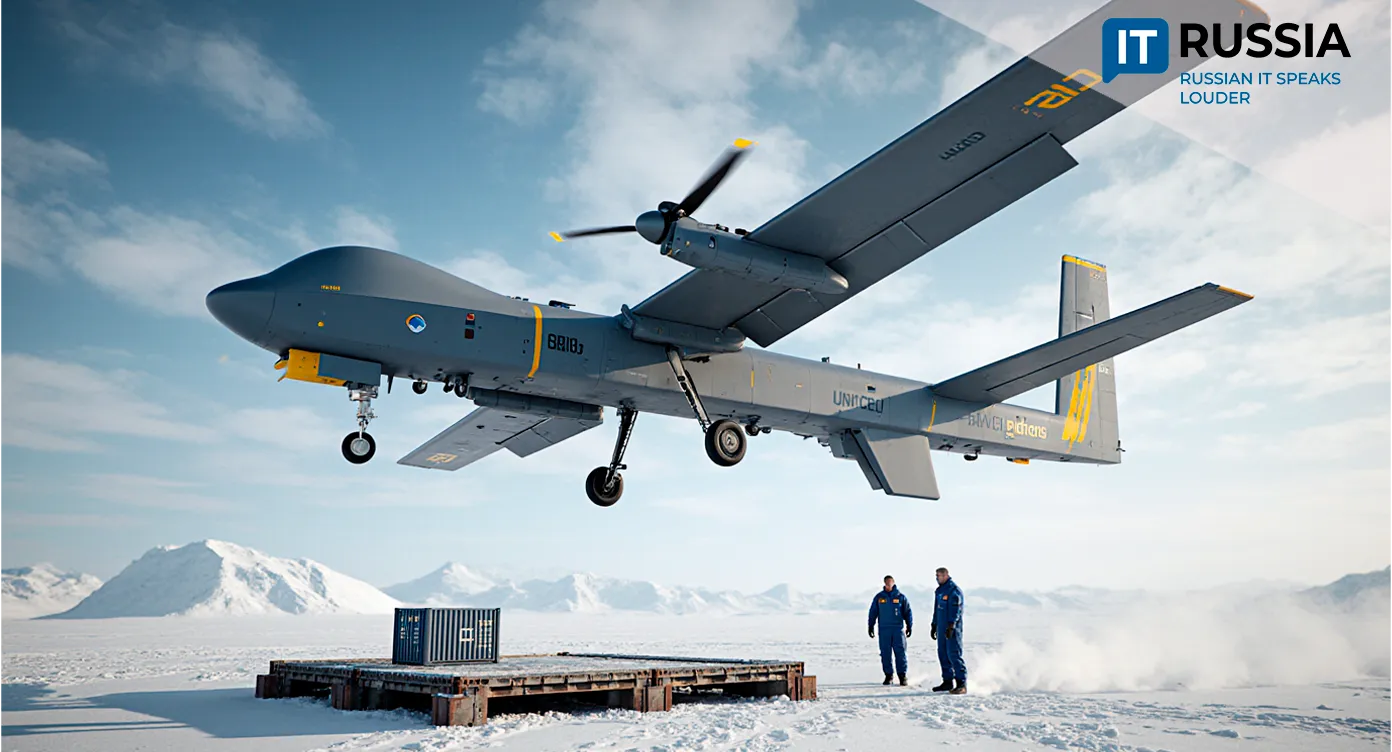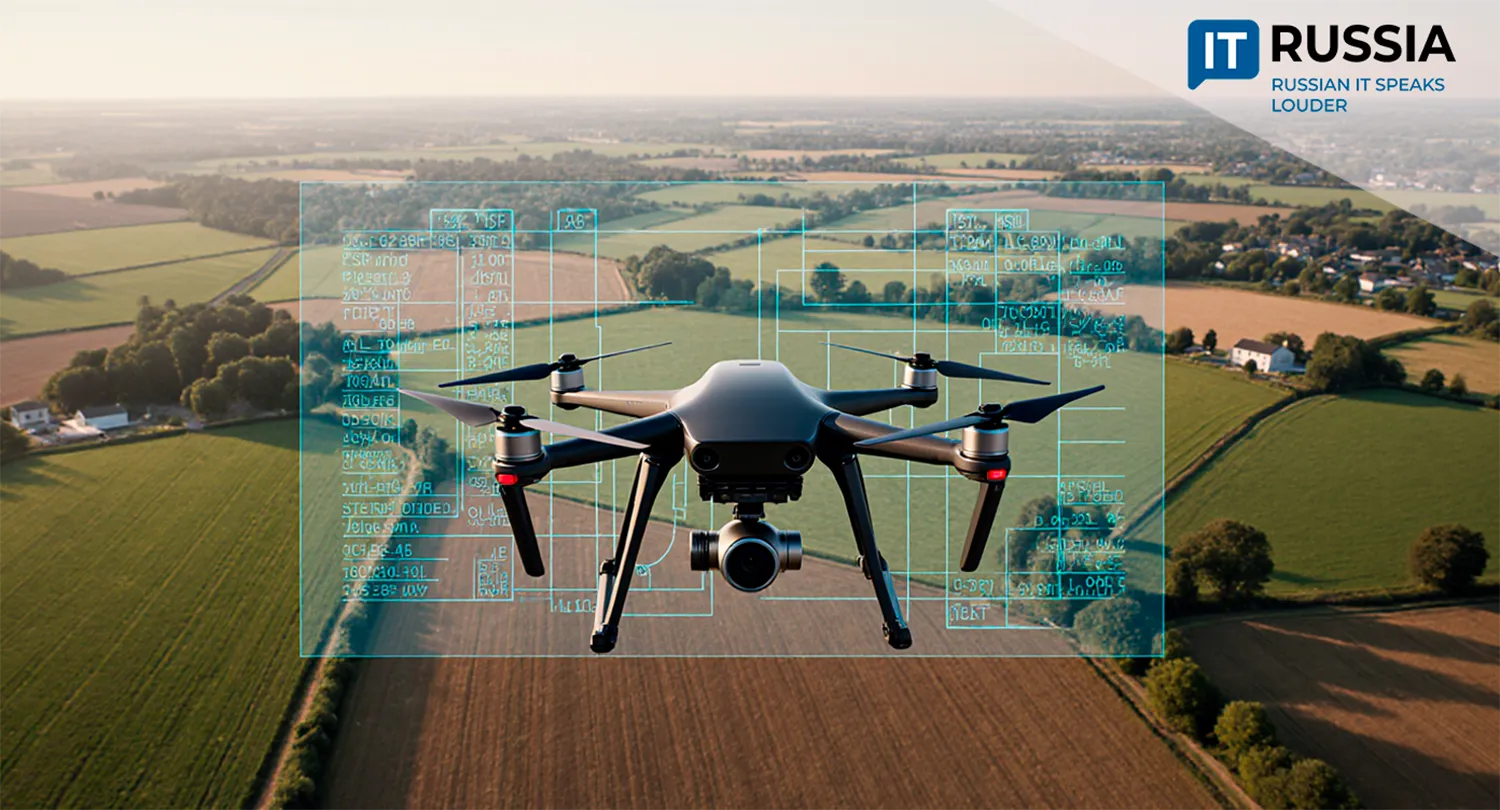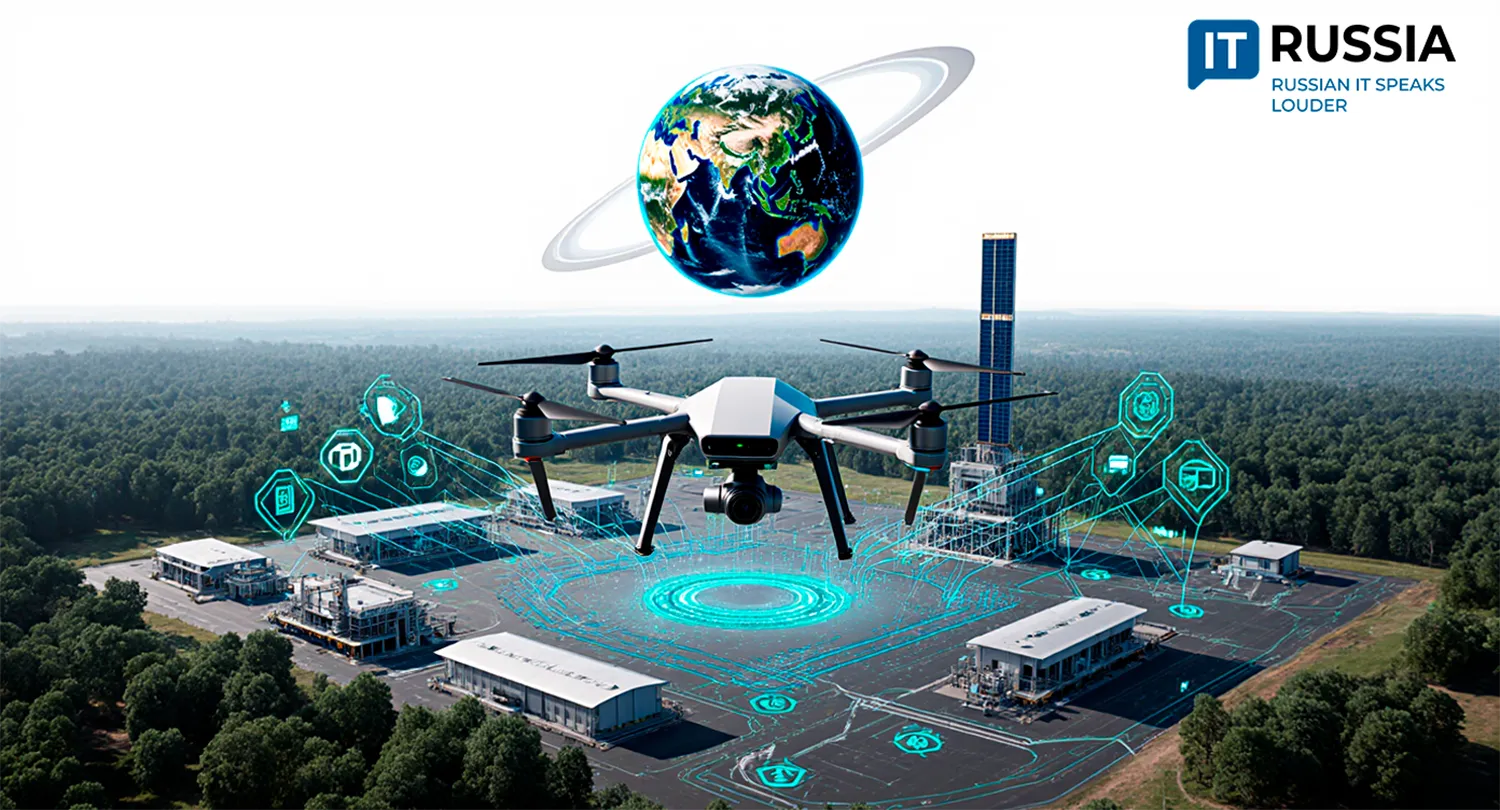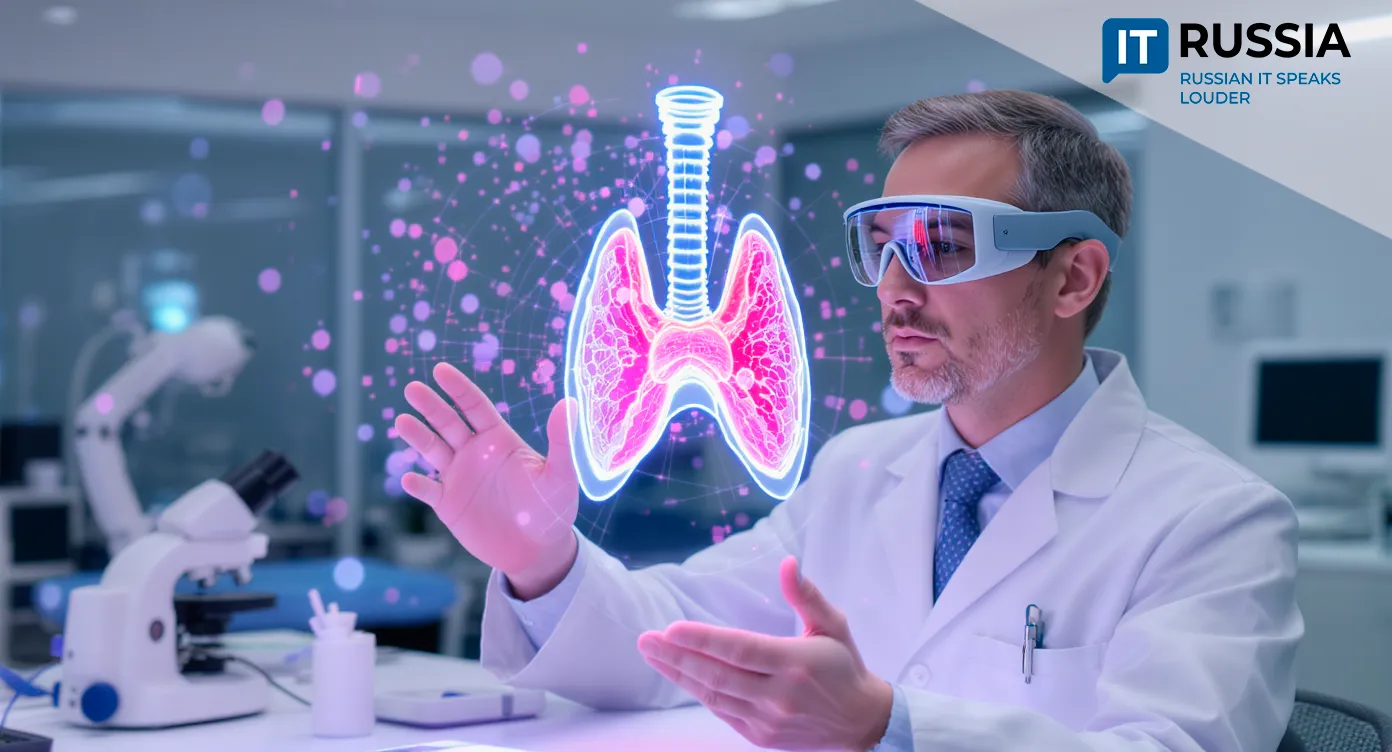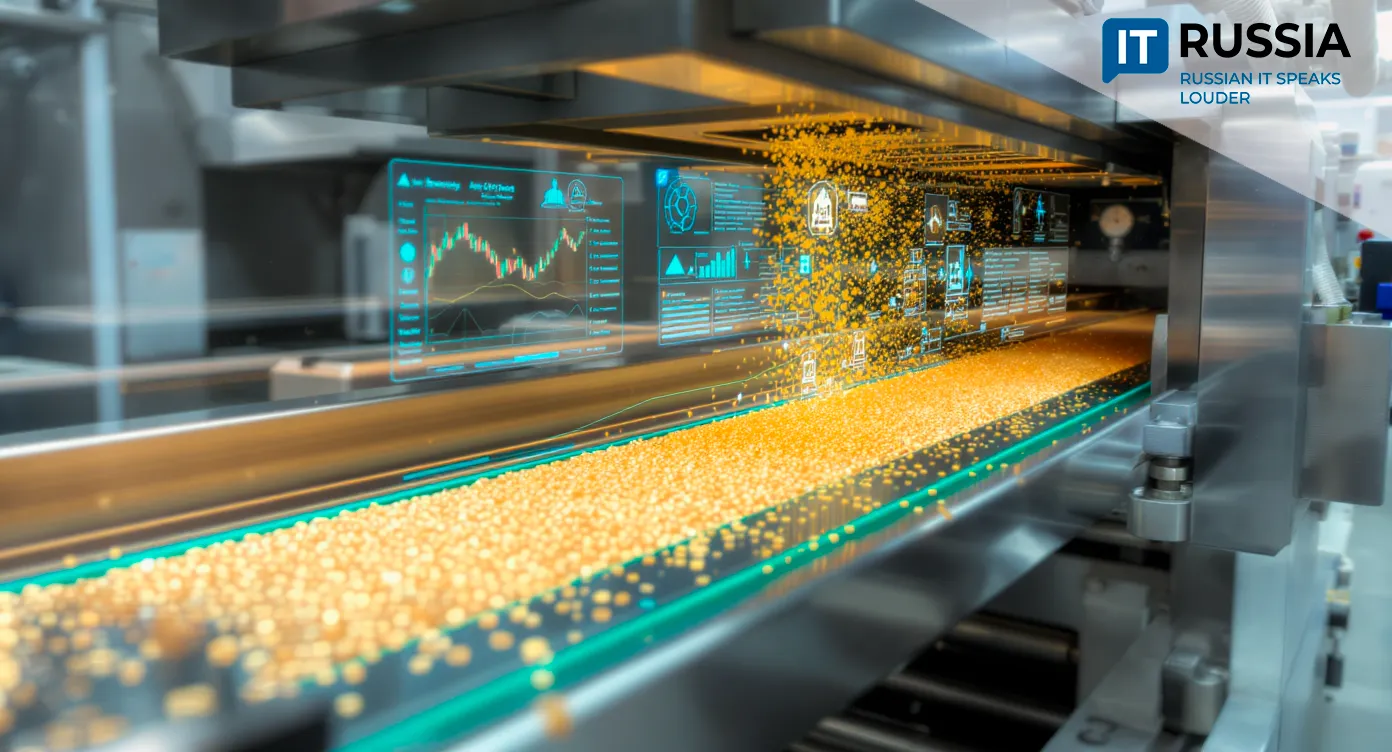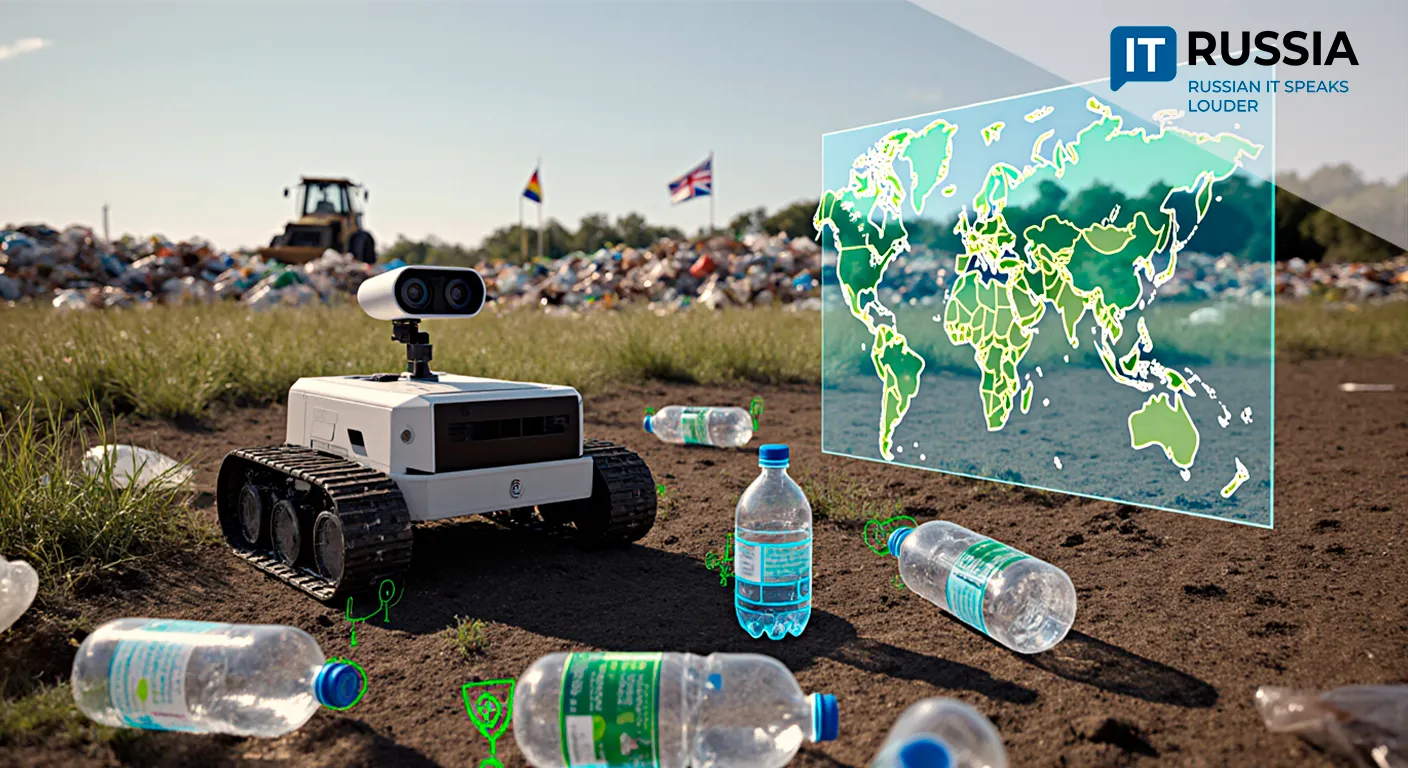Virtual Lungs: Scientists Create a Computer Model of the Human Respiratory System
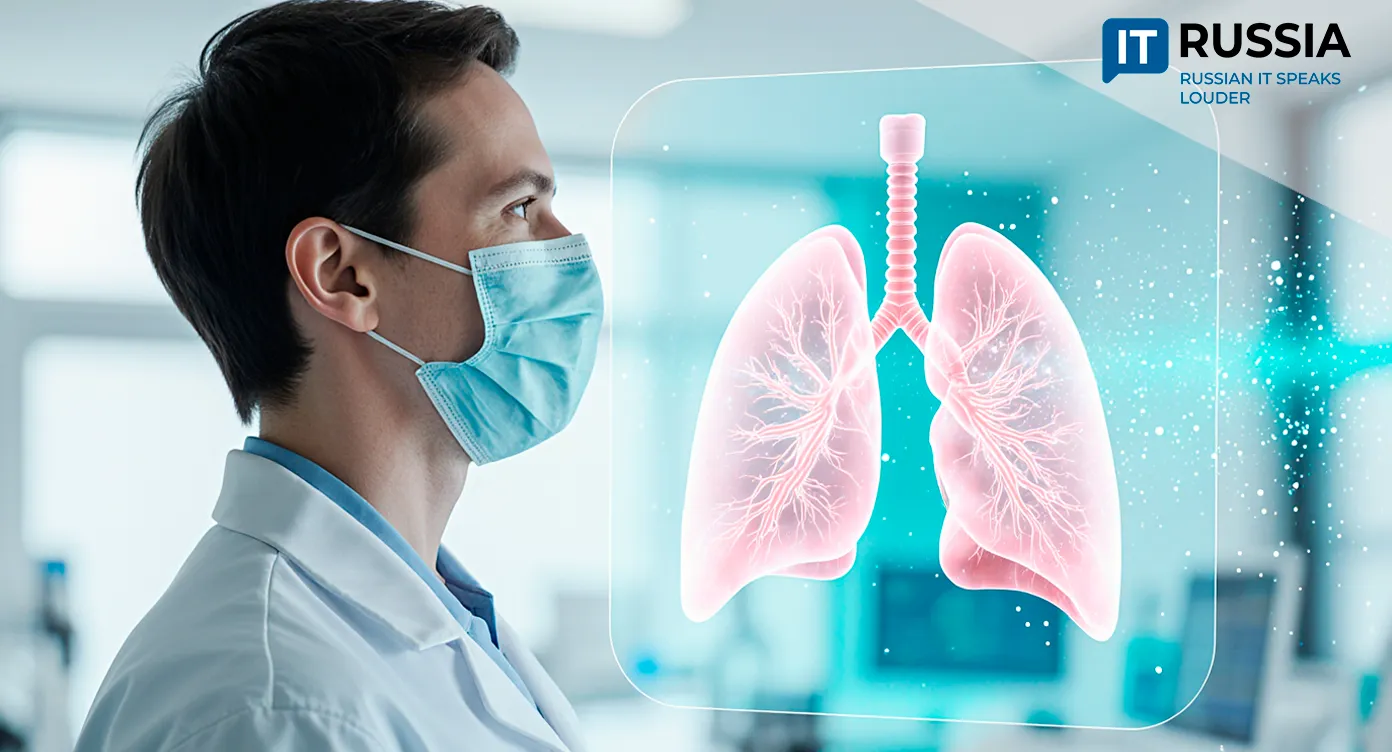
In the research labs of Perm Polytechnic University (PNRPU), scientists have developed a unique 3D computer model of the human airways capable of accurately simulating the inhalation and deposition of polluted air particles in the lungs. This breakthrough opens new possibilities in diagnosing and preventing chronic respiratory diseases.
A Matter of National Importance
Chronic respiratory diseases affect around 80 million people worldwide, according to the World Health Organization. Many of these illnesses are directly linked to air pollution from industrial emissions, toxic particles, dust, and allergens entering the lungs via the respiratory tract. In Russia—especially in industrial regions—this problem is particularly urgent. Developing effective tools for diagnosing and preventing respiratory diseases is, therefore, a matter of national importance.
Russian scientists have made significant progress in addressing this challenge. Specialists at PNRPU, working with the Federal Scientific Center for Medico-Prophylactic Health Risk Management Technologies, have created a one-of-a-kind 3D computer model of the human airways. Funded by the Russian Ministry of Science and Higher Education under the project ‘Mathematical Models and New Materials for High-Tech Medicine,’ the model enables the study of how particles of various sizes and densities enter and distribute within the respiratory system.

What Makes This Development Unique
A key feature of the model is its inclusion of chest and diaphragm movement during breathing, enabling highly accurate reproduction of anatomical and physiological processes. Unlike earlier methods that simulated only airflow or particle movement, this model incorporates the lungs’ porous structure and the mechanical properties of tissues.
Using CT scan data, scientists built a 3D model that accounts for each person’s unique anatomy. The simulations examined how dust particles of various diameters (2.5 to 5 micrometers) and densities (1,000 to 4,000 kg/m³) travel and settle in the nose, nasopharynx, bronchi, and deeper lung areas.
For example, 5 μm particles with a density of 1,000 kg/m³—such as mold spores or cement dust—tend to deposit mainly in the nasopharynx, from where they can be expelled by sneezing. Smaller particles (2.5 μm) with high density (4,000 kg/m³), such as metallic and mineral dust, can penetrate deeper into the bronchi and alveoli, triggering severe illnesses, including silicosis, which leads to irreversible lung scarring.
Benefits for Public Health and Industry
The model has wide potential applications—from improving air quality standards and developing more effective personal protective equipment to implementing personalized health protection programs for vulnerable populations. These technologies could underpin national industrial hygiene and environmental standards, improving quality of life for millions of people.
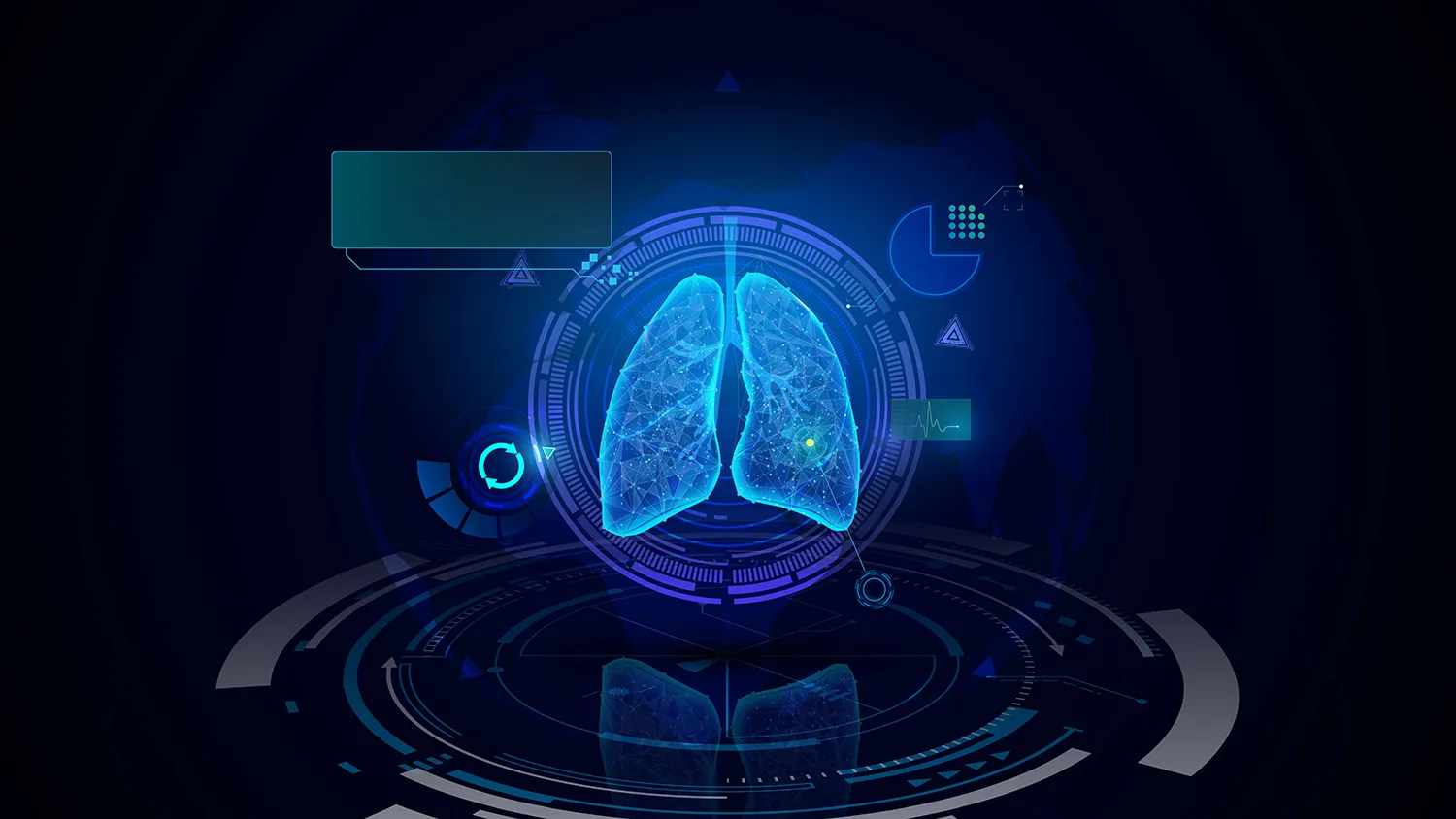
The export potential is equally significant. This multidisciplinary product can be used not only in medicine but also in industrial hygiene and environmental monitoring, making it attractive to countries facing similar environmental and industrial challenges. Russian innovations are ready to compete globally, strengthening the nation’s position as a hub for advanced scientific solutions.
Domestically, the model could form the basis for integrated respiratory disease monitoring and prevention systems, especially in heavily polluted industrial regions like Siberia, the Urals, and the Volga. Integration with modern information systems would enable individual risk assessments, early detection of threats, and the development of preventive strategies.
This development marks a major leap beyond existing methods, which often overlooked complex mechanical interactions within lung tissue. By combining 3D modeling with biomechanics, Russian scientists have created a tool that greatly expands research and practical capabilities.
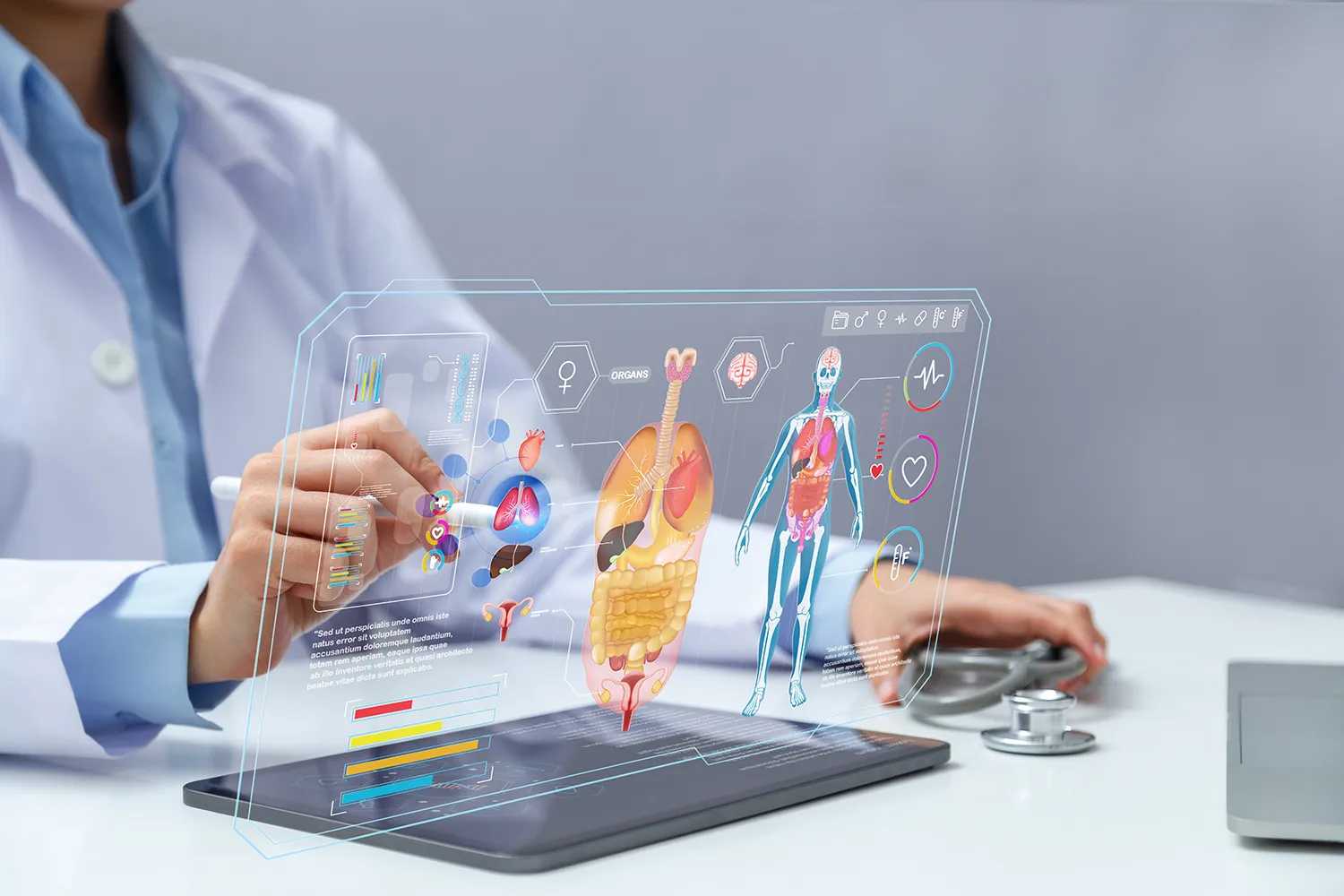
The Road Ahead
Future plans include integrating the model with immunological and cellular processes, personalizing it for patients with chronic conditions, and incorporating it into telemedicine platforms. This would enable personalized monitoring and forecasting of respiratory health at a new technological level.
With this achievement, PNRPU and the Federal Scientific Center have made a substantial contribution to Russian medical science and technology. This project demonstrates how Russian expertise and innovation can strengthen public health, improve quality of life, and advance the nation’s technological sovereignty.
Once again, Russian science proves it is not just keeping pace but setting the pace—delivering cutting-edge solutions that can change the world for the better. Its contributions to healthcare, industrial safety, and environmental protection are vital to national progress and pride.


